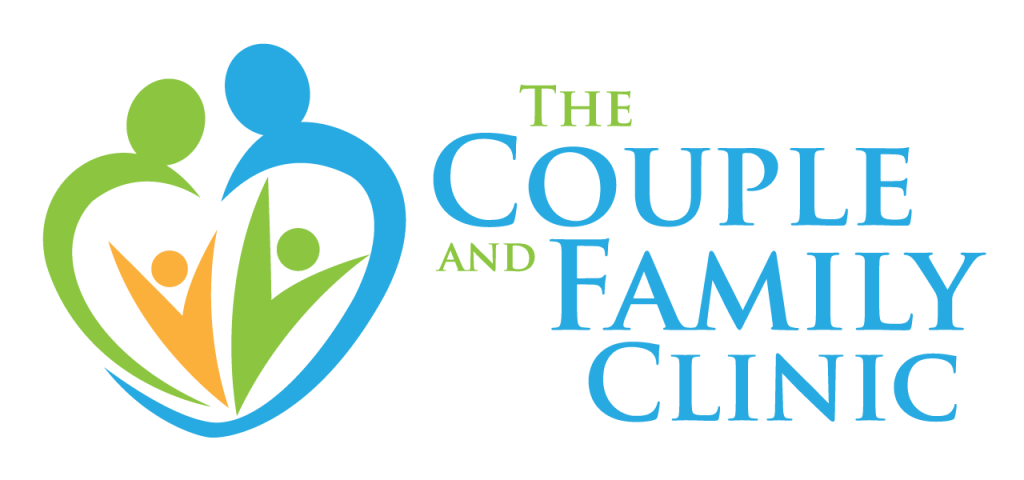In the previous two blog posts of this series, we discussed the therapeutic benefits of writing for our minds and ways writing can support our emotional wellbeing. In this third and final installment, our focus is the physiological or stress-relieving aspects of writing.
Writing can become one of the more effective tools in your stress-relieving/self-care toolbox. To explain the ways in which writing can support mindful practices and allow you to release stress from the body, I’m going to start with a brief review of how stressors create stress in our body through our nervous system, taken from my previous post 7 Ways to Manage Stress and Prevent Burnout.
“…the body will hold onto that stress until it receives the message that you are safe, well, and loved.”
By now, most of us are familiar with the idea that our sympathetic nervous system is our body’s response to stressors. When the body perceives a threat, there are physiological reactions: the heart rate increases, blood flow spikes, stress hormones like adrenaline are released, and the body becomes poised to respond in one of three ways: fight, flight, or freeze.
Now, modern day stressors like a bottomless To-Do List or a conflict at work are not the same sorts of life-threatening stressors they used to be when our only goal as a species was survival, but the body responds the same way: fight, flight, or freeze. In today’s world, we can’t always react how we’d like to, and this equates to anxiety, depression, betraying ourselves, emotional avoidance, self-medicating, addiction, emotional eating, eating disorders, disconnection from loved ones, and/or any number of unhealthy coping mechanisms. And the stress doesn’t budge. Whatever it is for you, I’m going to take a risk and wager that it’s probably not working.
Here’s where it gets interesting; the authors made it their mission to find what does work for managing stress in healthy, effective ways.
According to [Emily and Ameila Nagoski], the stressor (the threat) and the stress (the body’s response to the threat) are not mutually exclusive—the eventual absence of the stressor does not equate to the eradication of the stress response in the body. Let’s use a conflict at work as an example. A colleague is infuriatingly incompetent, but your supervisor doesn’t seem to notice. Let’s pretend that one day the boss’s eyes are opened and your dead-weight team member is let go. What a relief! No more stress, right? Well, not exactly. Time passes, the team works like a well-oiled machine and the person who acted as that stressor is long gone, so why do you still feel so on edge? Unfocused? Irritable? Exhausted? Because the stress is still present in your body. That is, just because the threat (stressor) is gone, does not mean that the body’s response to the threat (stress) is automatically eased. On the contrary, the body will hold onto that stress until it receives the message that you are safe, well, and loved. This is what the Nagoskis describe as the stress cycle. The trouble—the risk for chronic stress and eventually burnout—starts when we get stuck in the cycle.
Among the Nagoskis’ 7 ways to complete the stress cycle, I find 5 particularly relevant to writing. Writing is an embodied process; it involves coordination across not only multiple processes in the brain, but also different motor process of the body: writing is enactive (“by doing,” involves the hand); iconic (“by depiction in an image,” involves the eye); and representational or symbolic (“by restatement in words,” involves the brain) (Janet Emig). So whether we hold a pen, text with our thumbs, or sit in front of a keyboard, we are engaging movement, vision, and thought all at once.

- Breathing: Writing can be a very mindful activity, if you use it with intention. Writing involves sustained focus to exercise awareness and remain fully present in the moment by requiring a certain pace of movement and taking deep breaths between streams of thoughts.
- Positive Social Interaction: Writing is a means of communicating. You can direct your writings to a certain person (who is alive or who has passed) as well as to a problem or situation that is impacting your wellbeing (positively or negatively). Using writing to craft a more positive social interaction with this person could relieve any lingering stress from a previous negative interaction.
- Big ol’ Cry or Laughter: The act of putting our emotions into words can evoke tears and tears are a powerful emotional and physiological release. Alternatively, writing humor that evokes a deep belly laugh can be deeply therapeutic. I put these two together because they are closely related physiological processes and can often shift seamlessly from one to another. Think about a time you laughed so hard you cried. Or a sad situation in which a much-needed joke provided comic relief. Think about that term: comic relief. Physiologically, laughter releases tension.
- Creative Expression: This is probably the most obvious avenue that writing provides us. Using writing, we can construct alternative realities and ways of being in unlimited ways. Write the stress out of your body literally or figuratively; describe yourself free of your current stress, craft a narrative in which the heroine slays a metaphorical dragon, compose a song that represents your emotional state. The only limit is your imagination.

If stress becomes overwhelming, here are some prompts to help you write your stress out of your body. These prompts come from Brené Brown’s Dare to Lead:
- Get a handle on self-talk:
“I don’t know what’s happening, but I’m coming out of my skin.”
“I can’t stop playing that conversation over and over in my head.”
“I feel (disappointed, regretful, pissed, hurt, angry, heartbroken, confused, scared, worried).”
- Engage in some mindfulness that includes the mind, your emotions, and the body: “Slow down, breathe for a count of four, connect to your body, and pay attention to your emotions.”
- From a state of calm, respond thoughtfully to these questions:
- Do I have enough information to freak out about this situation?
- If I don’t have enough information, how can I collect it?
- If I do have enough data, will freaking out help?
In a previous blog, I wrote about the necessity of self-care for survival. Given the impact that stress can have on our physical, mental, and emotional wellbeing, the term “survival” is not an overstatement. After that initial blog post, I wanted to begin providing our readers with strategies and tools for self-care. And I don’t know about you, but stress management is probably the most powerful way I can care for myself.
I am a professor of writing and a Master’s student of Couples and Family Therapy. I see the promising intersection of writing and healing all the time, whether it is in my classrooms or therapy sessions. It is my hope that this 3-part series provides you with not only the tools, but also the understanding of how those tools work and why.



